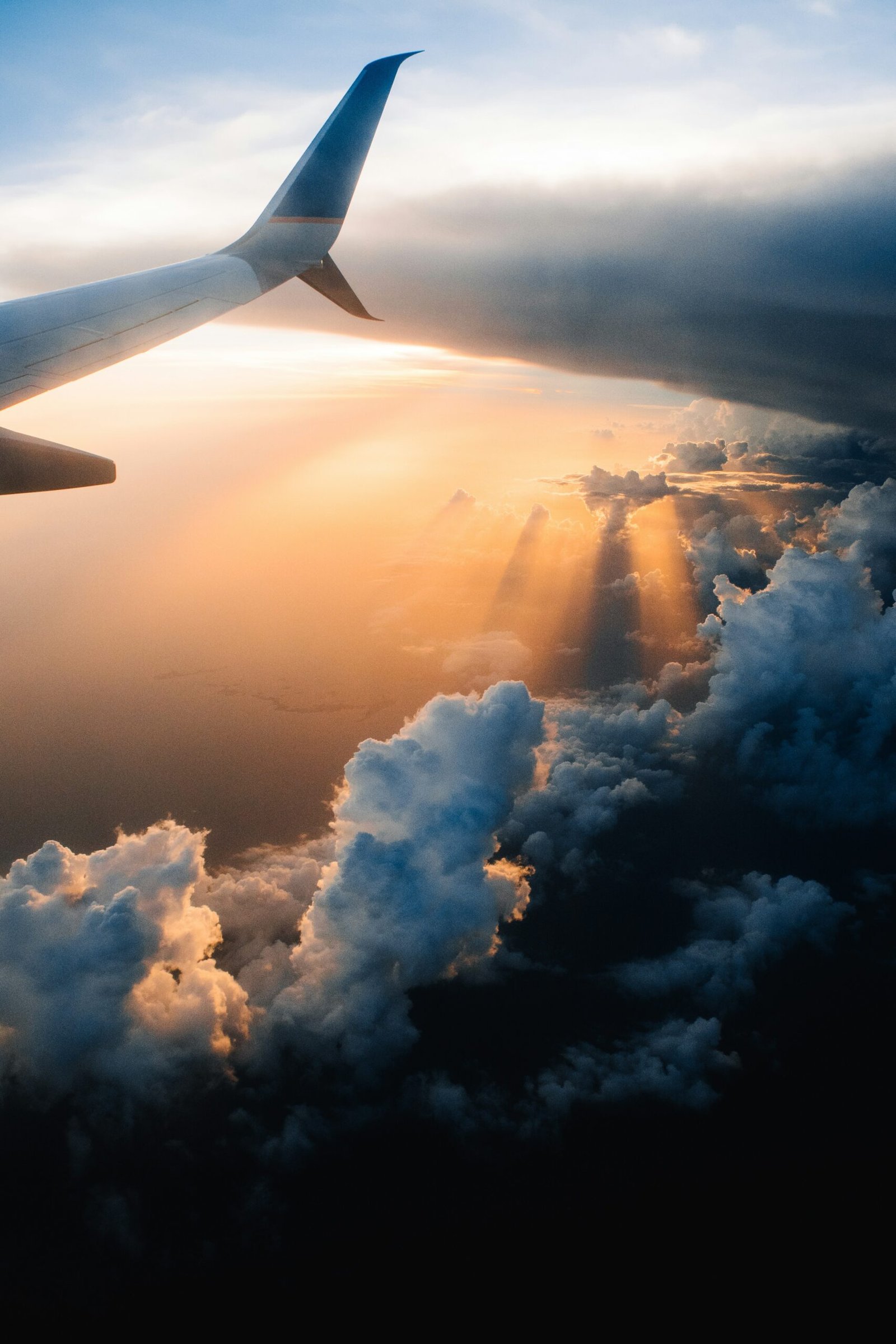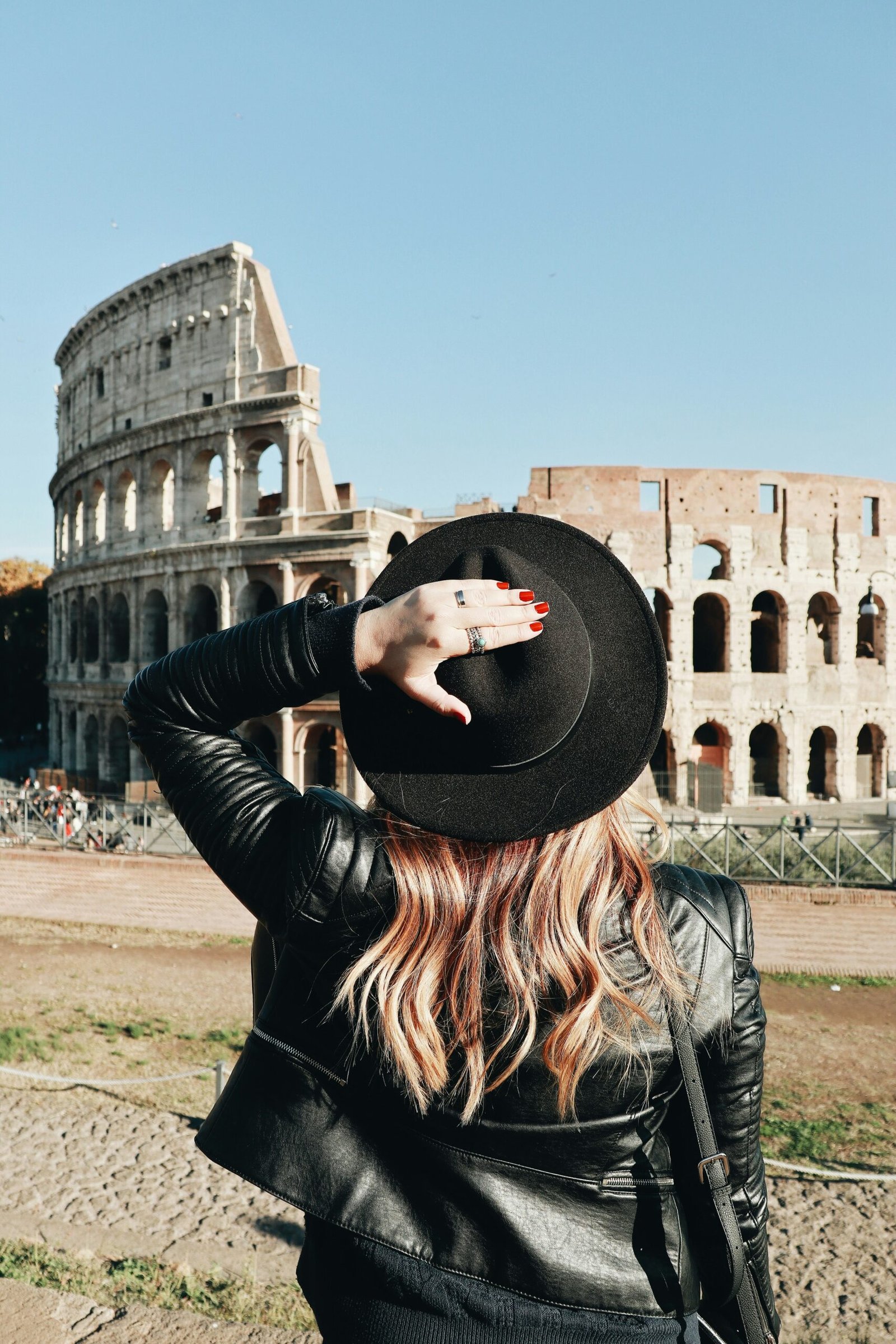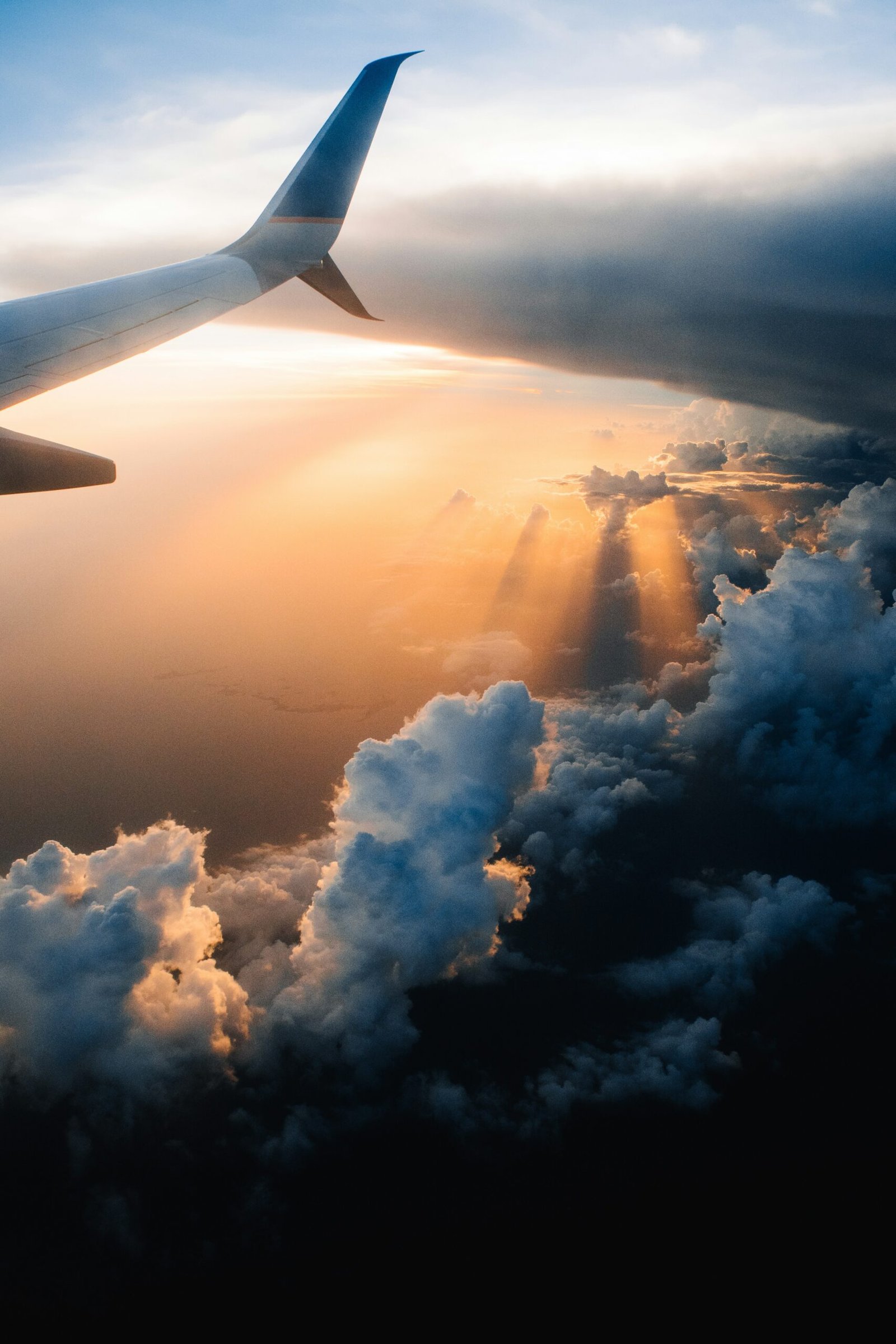Planning a trip to Iceland? Knowing the best time to go to Iceland can make all the difference in your travel experience. This enchanting island offers a myriad of wonders throughout the year, from the Northern Lights in winter to the Midnight Sun in summer. Whether you’re seeking adventure, breathtaking landscapes, or a glimpse into Icelandic culture, timing your visit right is crucial.
In this guide, we’ll explore the best times to visit Iceland, considering weather, activities, and unique experiences. Each season offers distinct charms, and understanding these can help you plan a memorable trip. From the crisp, clear skies of winter to the lush, green landscapes of summer, Iceland is a destination that captivates in every season.
We’ll dive into the specifics of each season, highlighting what you can expect and what activities are available. For instance, winter is prime time for witnessing the aurora borealis, while summer is perfect for exploring Iceland’s vast landscapes under the perpetual daylight.
Understanding the climate and weather patterns will also help you pack appropriately and prepare for your adventure. Iceland’s weather can be unpredictable, but with the right preparation, you can enjoy everything this unique destination has to offer.
Whether you’re a solo traveler, a family, or a group of friends, this guide will provide valuable insights into the best times to visit Iceland. Get ready to discover the magic of Iceland in its various seasons and make the most of your journey.
Winter Wonderland: December to February
Iceland in winter is a true wonderland. The best time to go to Iceland for seeing the Northern Lights is undoubtedly during the winter months. From December to February, the long nights provide ample opportunity to catch a glimpse of this natural phenomenon. The aurora borealis dances across the sky, creating a mesmerizing spectacle.
Winter also offers unique activities such as ice caving and glacier hiking. These experiences are not to be missed, as they provide a rare glimpse into Iceland’s frozen landscapes. Ice caves, in particular, are stunning natural formations that are accessible only during the winter.
If you’re visiting in winter, be prepared for cold weather and shorter daylight hours. However, the lack of light pollution makes it one of the best times for stargazing. Remember to dress warmly, as temperatures can drop significantly, especially in the countryside.
Another highlight of winter in Iceland is the New Year’s Eve celebration. Reykjavik hosts one of the most spectacular fireworks displays in the world. The entire city comes alive with color and light, creating a festive atmosphere that is unmatched.
For those interested in culture, the Icelandic Christmas traditions are fascinating. From the Yule Lads to unique holiday foods, experiencing Christmas in Iceland is a treat for any traveler. Don’t forget to try the traditional smoked lamb, known as hangikjöt.
Winter driving in Iceland can be challenging due to icy roads and unpredictable weather. It’s recommended to rent a 4×4 vehicle and always check road conditions before setting out. Alternatively, guided tours are a safe and convenient option.
Spring Awakening: March to May
Spring is a transitional period in Iceland, offering a blend of winter’s beauty and summer’s promise. The best time to go to Iceland for those who enjoy mild weather and fewer crowds is during the spring months. March to May sees the landscape awakening from its winter slumber.
One of the main attractions in spring is the bird watching opportunities. This is the season when migratory birds return to Iceland, including the famous puffins. Bird watchers can enjoy spotting these colorful creatures along the cliffs and coastlines.
Spring also brings the thawing of ice and snow, revealing lush green landscapes and cascading waterfalls. The increased daylight hours make it a great time for exploring the Golden Circle and other popular routes. Thingvellir National Park, Geysir, and Gullfoss are particularly stunning as the snow melts away.
Iceland’s spring festivals, such as the Reykjavik Arts Festival and First Day of Summer, offer a glimpse into the local culture and traditions. These events feature performances, art exhibitions, and community celebrations that visitors can enjoy.
For those interested in hiking, spring offers the beginning of the season. Trails start to clear of snow, allowing access to stunning paths such as the Laugavegur Trail. While some highland routes may still be inaccessible, there are plenty of lower elevation hikes to enjoy.
Spring is also a great time to visit hot springs and geothermal pools. The contrast between the cool air and the warm water creates a relaxing experience. Popular spots include the Blue Lagoon and the Secret Lagoon.
Summer Splendor: June to August
Summer is arguably the best time to go to Iceland for those who want to experience the country’s natural beauty in full bloom. From June to August, the days are long, with nearly 24 hours of daylight thanks to the Midnight Sun. This endless daylight allows for extended exploration and adventure.
One of the highlights of summer is the abundance of outdoor activities. Hiking, camping, and exploring the highlands are all popular during this time. The Laugavegur Trail and Fimmvörðuháls are two of the most famous hikes, offering stunning views and diverse landscapes.
Summer is also the best time to visit Iceland’s numerous waterfalls. Gullfoss, Seljalandsfoss, and Skógafoss are particularly spectacular, with the increased water flow from melting snow. These waterfalls are easily accessible and provide excellent photo opportunities.
For wildlife enthusiasts, summer offers the chance to see whales and puffins. Whale watching tours depart from various locations, including Reykjavik and Húsavík. Puffins can be seen nesting along the cliffs, particularly in the Westman Islands and Dyrhólaey.
Iceland’s summer festivals are vibrant and diverse. The Secret Solstice Festival and Reykjavik Culture Night are just a few examples of events that celebrate Icelandic music, art, and culture. These festivals offer a great way to mingle with locals and experience Icelandic hospitality.
While summer is peak tourist season, there are still plenty of opportunities to find solitude in nature. Exploring lesser-known areas and taking part in guided tours can provide a more intimate experience. Be sure to book accommodations and activities in advance, as demand is high.
Table of Summer Activities
| Activity | Location | Highlights |
|---|---|---|
| Hiking | Laugavegur Trail | Scenic views, diverse landscapes |
| Whale Watching | Reykjavik, Húsavík | Various species, boat tours |
| Puffin Watching | Westman Islands | Nesting puffins, cliff views |
| Waterfall Tours | Gullfoss, Seljalandsfoss, Skógafoss | Stunning waterfalls, photo ops |
| Summer Festivals | Reykjavik | Music, art, cultural events |
Autumn Adventures: September to November
Autumn is a magical time in Iceland, marked by colorful landscapes and a quieter atmosphere. The best time to go to Iceland for those who enjoy scenic beauty and fewer tourists is during the autumn months. From September to November, the foliage changes, painting the landscape in vibrant hues.
One of the main attractions of autumn is the Northern Lights. As the nights grow longer, the chances of seeing the aurora borealis increase. This is one of the best times for photography, as the skies are often clear and the lights are incredibly vivid.
Autumn is also harvest season in Iceland. This is a great time to experience local cuisine and traditional dishes. Farmers’ markets and food festivals, such as the Reykjavik Food and Fun Festival, offer a taste of Iceland’s culinary delights. Fresh lamb, root vegetables, and seafood are commonly featured.
For adventure seekers, autumn offers excellent conditions for hiking and exploring. The weather is cooler, but not as cold as winter, making it ideal for outdoor activities. Trails are less crowded, and the landscapes are stunning with fall colors.
Another highlight of autumn is the Iceland Airwaves music festival. This event attracts international and local artists, offering a diverse range of performances. It’s a great way to experience Iceland’s vibrant music scene and cultural diversity.
Blue Lagoon and other geothermal pools are perfect for a relaxing soak during the cooler autumn months. The combination of crisp air and warm water is incredibly soothing. It’s an excellent way to unwind after a day of exploration.
Exploring Reykjavik
Reykjavik, Iceland’s capital, is a vibrant city that serves as a perfect base for exploring the country. The best time to go to Iceland often includes a visit to Reykjavik, where you can enjoy a mix of culture, history, and modern amenities.
Start your exploration with a visit to the Hallgrímskirkja Church, an iconic landmark that offers panoramic views of the city. The architecture is unique, and the views from the top are breathtaking. It’s a great spot for photography and to get a sense of the city’s layout.
Reykjavik’s Harpa Concert Hall is another must-see. This architectural marvel hosts various events and concerts. The building itself is a work of art, with its glass façade reflecting the surrounding landscape. Check out the Harpa Concert Hall website for event schedules.
The city’s museums offer a deep dive into Icelandic history and culture. The National Museum of Iceland and the Saga Museum are excellent places to learn about the country’s Viking heritage and historical events. These museums provide engaging exhibits and interactive displays.
For art enthusiasts, the Reykjavik Art Museum
showcases contemporary Icelandic art. The museum has several locations, each offering unique exhibits. It’s a great way to experience Iceland’s vibrant art scene.
Reykjavik is also known for its vibrant nightlife. The city’s bars and clubs come alive in the evenings, offering a range of entertainment options. From live music to DJ sets, there’s something for everyone. The Reykjavik Grapevine is a good resource for finding events and nightlife spots.
For those interested in shopping, Laugavegur Street is the main shopping area, filled with boutiques, cafes, and souvenir shops. It’s a great place to find unique Icelandic products and enjoy a leisurely stroll.
Scenic Drives and Road Trips
Exploring Iceland by car is one of the best ways to see the country’s stunning landscapes. The best time to go to Iceland for road trips depends on your preferences, but each season offers unique experiences. Renting a car allows you to explore at your own pace and visit off-the-beaten-path locations.
The Golden Circle is one of the most popular routes, offering a variety of natural attractions. This route includes Thingvellir National Park, Geysir Geothermal Area, and Gullfoss Waterfall. It’s a great day trip from Reykjavik, providing a taste of Iceland’s natural beauty.
For a more extended journey, consider driving the Ring Road. This route circles the entire country, passing through diverse landscapes, including waterfalls, glaciers, and black sand beaches. It’s an excellent way to experience Iceland’s diverse geography.
The Westfjords region is perfect for those seeking solitude and stunning scenery. This area is less visited by tourists, offering dramatic fjords, remote villages, and abundant wildlife. The roads can be challenging, but the views are worth it.
Snæfellsnes Peninsula is often called “Iceland in Miniature” due to its diverse landscapes. This area includes volcanic craters, lava fields, and picturesque fishing villages. Snæfellsjökull National Park is a highlight, with its glacier-capped volcano.
For those visiting in summer, the Highlands are a must-see. This remote area is accessible only during the warmer months and offers rugged landscapes, hot springs, and hiking trails. Landmannalaugar and Askja are two popular destinations in the highlands.
Seasonal Festivals and Events
Iceland hosts a variety of festivals and events throughout the year, each offering a unique glimpse into the local culture. The best time to go to Iceland can coincide with these events, enhancing your travel experience.
Reykjavik Arts Festival, held in May, is one of the country’s premier cultural events. This festival features performances, exhibitions, and events across various artistic disciplines. It’s a great way to experience Icelandic and international art.
The Secret Solstice Festival in June celebrates the Midnight Sun with music, art, and cultural events. Held in Reykjavik, this festival attracts international artists and offers a unique experience with its 24-hour daylight setting.
Iceland Airwaves, held in November, is a music festival showcasing both local and international talent. This event takes place in various venues across Reykjavik and is known for its vibrant atmosphere and diverse lineup.
For those visiting in winter, the Reykjavik Winter Lights Festival in February is a must-see. This event celebrates the return of light after the dark winter months with art installations, light shows, and cultural activities.
Thorrablót is a traditional midwinter festival celebrated in January and February. It involves feasting on traditional Icelandic foods, including hákarl (fermented shark) and svið (sheep’s head). It’s a fascinating cultural experience for those interested in local traditions.
The First Day of Summer, celebrated in April, is an ancient tradition marking the arrival of summer. It involves parades, entertainment, and community events. This festival is a great way to experience Icelandic culture and traditions.
Packing Tips for Iceland
Packing for a trip to Iceland requires some careful consideration due to the country’s variable weather conditions. The best time to go to Iceland will influence what you need to bring, but some general tips apply year-round.
Layering is key. The weather can change rapidly, so wearing layers allows you to adjust to varying temperatures. A base layer, insulating layer, and waterproof outer layer are essential. Merino wool is a great choice for base layers due to its warmth and moisture-wicking properties.
Waterproof and windproof clothing is a must. Iceland’s weather can be wet and windy, so a good quality rain jacket and pants are necessary. Waterproof footwear is also important, especially if you plan on hiking or exploring outdoor areas.
In winter, bring warm clothing such as thermal underwear, wool sweaters, and insulated jackets. Accessories like hats, gloves, and scarves are also essential to protect against the cold.
During summer, the weather is milder, but it can still be cool, especially in the evenings. A lightweight jacket and comfortable hiking boots are recommended. Don’t forget to pack a swimsuit for visits to geothermal pools and hot springs.
A daypack is useful for carrying essentials like water, snacks, and extra layers. It’s also handy for day trips and excursions. Be sure to bring a reusable water bottle, as Iceland’s tap water is some of the purest in the world.
Other essentials include sunscreen and sunglasses, as the sun can be intense, especially with the reflection off ice and snow. A camera is a must to capture Iceland’s stunning landscapes and natural beauty.
Conclusion
The best time to go to Iceland depends on what you want to experience. Each season offers unique attractions and activities, from the Northern Lights in winter to the Midnight Sun in summer. Whether you’re drawn to the frozen beauty of winter, the vibrant landscapes of summer, or the tranquil charm of autumn, Iceland has something to offer every traveler.
Planning your trip around specific interests and activities can enhance your experience. From hiking and wildlife watching to cultural festivals and scenic drives, there’s no shortage of things to do and see in Iceland.
Understanding the weather and packing appropriately will ensure you’re prepared for the adventure. Iceland’s climate can be unpredictable, but with the right gear, you can enjoy everything this amazing destination has to offer.
Exploring Reykjavik and the surrounding areas provides a mix of cultural experiences and natural wonders. The capital city is a hub of activity, while the countryside offers serene landscapes and outdoor adventures.
Whether you’re seeking adventure, relaxation, or cultural immersion, Iceland is a destination that will captivate and inspire. With proper planning and an open mind, you’re sure to have a memorable journey.



